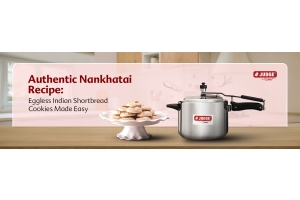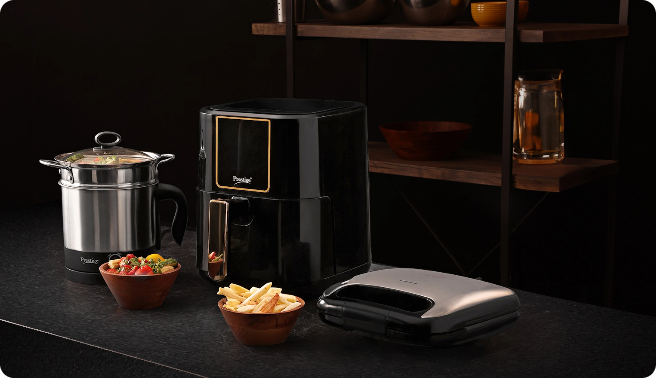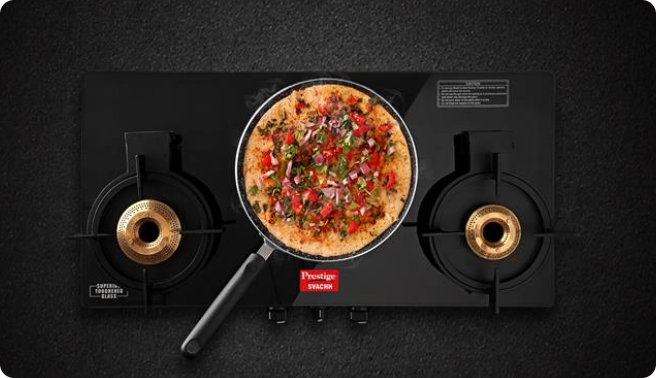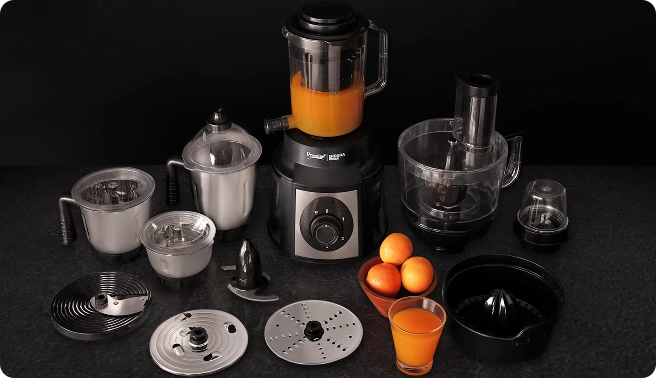Relishing a piece of shahi tukda is like journeying back to the grandeur of the Mughal era. Rooted in Mughlai cuisine, this rich and royal dessert, is a symphony of flavors and textures. In this dessert, ghee-fried bread slices are luxuriously bathed in aromatic sugar syrup, topped with velvety rabdi infused with saffron, and adorned with crunchy nuts. Offering the taste of royalty with every bite, this dish is a sweet treat for special occasions and celebrations.
The Story Behind Shahi Tukda
The name ‘shahi tukda’ translates to ‘royal piece’, and it lives up to its name. Prepared traditionally during festivities and celebrations, this dessert is synonymous with indulgence. While some mistake it for the Hyderabadi dessert ‘double ka meetha’, shahi tukda stands apart with its distinctive preparation, rich flavors, and creamy rabdi topping.
Elements that Make Shahi Tukda Irresistible
There are three essential elements to create the perfect shahi tukda:
-
Fried Bread for the Crunchy Base: The foundation of this dish is bread; that is deep-fried in ghee for a crispy texture. You can pan-fry or toast the bread with minimal ghee for a lighter and healthier alternative. Also, you can use wheat bread instead of white bread for a wholesome twist without compromising on flavor.
-
Rabdi: Also known as ‘thickened milk’ is the heart of this dessert. Rabdi is prepared by slowly simmering milk until it reduces to a rich, creamy consistency. Adding saffron, cardamom, and rose water gives a luxurious depth to the dish. Condensed milk can alternatively be used for a similar texture, in less time.
-
Sugar Syrup: The fried bread is coated with a light sugar syrup, infused with rose and cardamom for adding sweetness and an aromatic touch. It is imperative to get the right consistency; too thin and the bread becomes soggy, too thick and it won’t absorb the flavors properly.
Step-by-Step Guide to Making Shahi Tukda
Preparing the Rabdi
-
First, heat full-fat milk in a heavy-bottomed milk pan and boil it gently on a gas stove.
-
Keep stirring frequently to avoid scorching and let it reduce to a thick consistency.
-
Add sugar, saffron, cardamom powder, and rose water for fragrance.
-
Once thickened, set it aside to cool.
Frying the Bread
-
Cut the bread into your preferred shape—triangles, squares, or rectangles
-
Deep-fry or pan-fry in ghee until golden brown and crisp.
-
Remove excess ghee by placing the ghee on absorbent paper.
Making the Sugar Syrup
-
Add sugar and water in a pan and boil it.
-
Cook till you achieve a one-thread consistency.
-
Add cardamom powder and rose water for added flavor.
Assembling the Dessert
-
Dip the fried bread in the sugar syrup, ensuring it is coated evenly.
-
Arrange the syrup-coated bread on a serving plate.
-
Pour the rabdi generously over the bread slices.
-
Garnish with slivered almonds, pistachios, and edible silver leaf for the royal touch.
Expert Serving and Storage Tips
-
Shahi tukda tastes best when served warm or chilled, depending on preference. It can be prepared ahead of time, with the rabdi and sugar syrup stored separately. All you need to do when ready to serve is assemble and enjoy this exquisite dessert.
-
Use day-old bread or lightly toast fresh bread before frying for added crispiness.
-
Fry on medium heat to ensure the bread turns golden and crisp without absorbing excess ghee.
-
To prevent the rabdi from sticking or forming lumps, keep stirring it while simmering. Adding a pinch of saffron enhances the royal flavor.
-
A splash of rose water or kewra essence balances the sweetness and enhances the aroma.
-
Dip the fried bread in warm sugar syrup for a few seconds to prevent it from turning too soft.
Wrapping Up,
Whether you are celebrating a festival, hosting a special dinner, or craving a decadent treat, shahi tukda is the perfect choice. Prepare this easy recipe at home and treat yourself and your loved ones to this timeless delight to relish the flavors of tradition and elegance.













